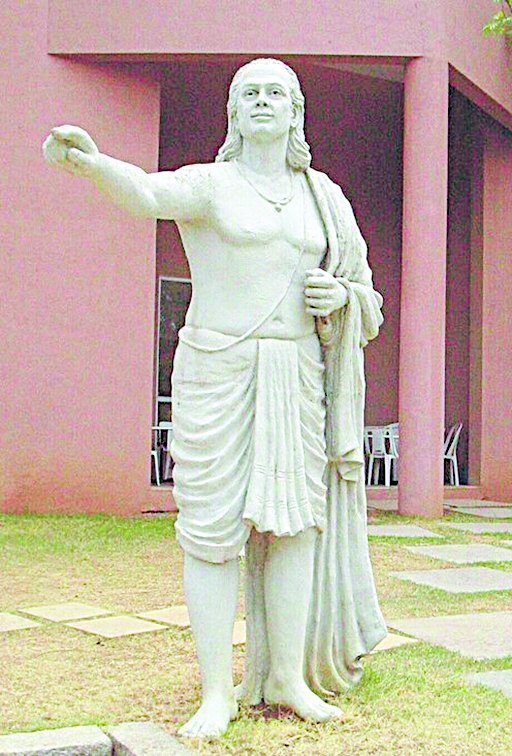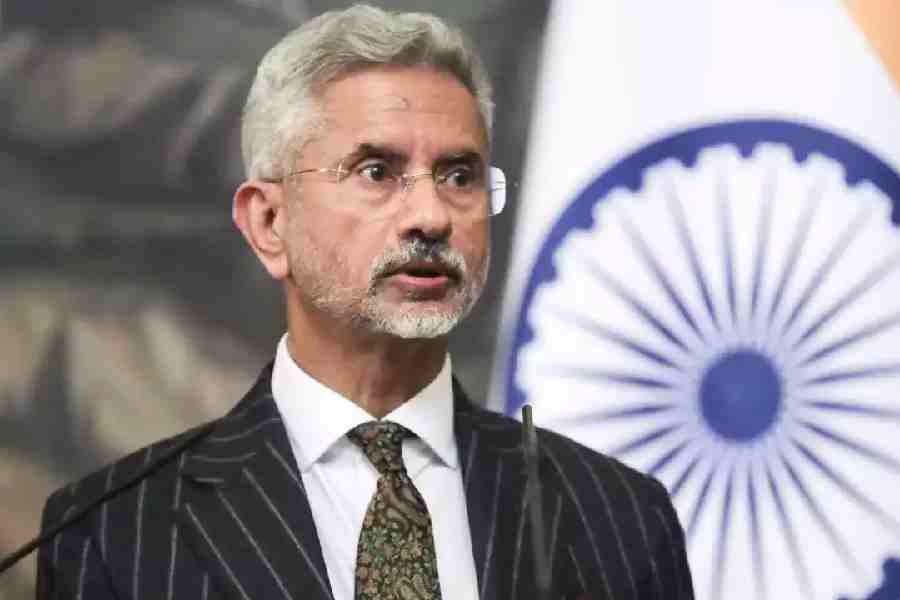
On October 22, 2008, a group of space scientists huddled together in tense anticipation. They were awaiting the launch of Chandrayaan-1, India's first lunar probe. The probe, which made India just the fourth nation to plant its flag on the moon, led to important findings such as evidence of water and ice on the moon's surface. As opposed to trying to reach the moon on a direct trajectory, the mission involved sending the probe to the moon via an unorthodox method, a series of orbit-increasing manoeuvres. To do so, the probe used an equation by Aryabhata - as explained by the then head of the Indian Space Research Organization, G. Madhavan Nair, in an India Today news article on February 22, 2015.
Who was this Aryabhata? He was a fifth-century astronomer-mathematician who, in 499 BCE, wrote what was to become a singularly famous astronomical treatise, revolutionizing the way people thought of the universe. Its name was the Aryabhatiya, and its author (who might be excused for boasting about his age as he did in the book) was just 23 years old.
Today, Aryabhata is known as a brilliant mathematician. This is true enough; Aryabhata did, for example, solve quadratic and indeterminate equations, and provided an extremely accurate approximation for "pi". Much of the mathematics that he developed and wrote about, however, was for use in astronomy. This included his work in trigonometry (Aryabhata was the first to develop the concept of sines and cosines). The most substantial of Aryabhata's four chapters is called "Gola" - the sphere. Aryabhata was the first Indian astronomer we know of who explicitly said that the earth was round. However, a reading of the Aryabhatiya (and of Walter Eugene Clark's translation, The Aryabhatiya of Aryabhata), reveals that he went much further.
Aryabhata proposed what was then a revolutionary concept: the earth, he said, was not stationary, but rotated on its own axis, from west to east. He further explained (correctly, as we know today) that the earth's rotation took place over a single day and that the sun might be rising in one part of the world at the same time as another part of the globe was swathed in darkness - depending on which part of the earth was facing the sun. To explain to baffled readers how the earth could be spinning, Aryabhata used an analogy. Just as someone in a moving boat thinks that he is stationary and that the river bank is moving in the direction opposite to the boat, he said, we think that the earth is stationary and that the heavens are moving from east to west, while in reality the earth is spinning from west to east.Aryabhata went on to live to a ripe old age as the head of a famous astronomical observatory, and would write at least two other famous books (which, however, we know of only from later commentators and from an Arabic translation), one of which, on various types of astronomical instruments, was written when he was well into his sixties. (More details on his life and work are available in Aryabhata the Elder by J.J. O'Connor and E.F. Robertson in the MacTutor History of Mathematics Archive.)
Aryabhata's revolutionary theories did not stop at rotation. Using only theories and calculations on planetary motion, he worked out that the orbits of planets were elliptical rather than perfect circles. In this, he anticipated the 17th-century findings of Johannes Kepler by well over a thousand years. Kepler's results were based on telescopic observations of the orbit of Mars, and his attempt to devise a model to fit the data. Reluctantly, he resigned himself to the fact that only elliptical orbits could explain his observations, and those of Tycho Brahe, his mentor. In contrast, Aryabhata worked at a time when astronomers did not have access to the much more sophisticated observational equipment of a thousand years later: he seems to have based all his conclusions on calculations, not observations. Remarkably, his theoretical inferences were shown to be correct by Kepler's 17th-century observations. Aryabhata also realized that the focus of the planets' orbits was definitely not the centre of the earth. He was thus getting closer to the model of the universe where the earth moves around the sun.
Unfortunately for Kepler, the church disapproved of his results, and he spent most of his life fleeing from one European town to another, never feeling safe enough to hold down a job in any one place. Deprived of their chance to capture Kepler, the religious authorities did the next best thing: arrest his mother, a healer, who was conveniently accused of being a witch. Kepler spent all his resources trying to rescue his mother from the death penalty, but he was not able to save her from years of imprisonment and torture (readers may refer to On the Shoulders of Giants by Stephen Hawking for details on Kepler).
Luckily for Aryabhata, the worst that he faced was some criticism of his rotation theory. As every modern academic knows, negative peer reviews are a part and parcel of everyday life, and the criticism certainly does not seem to have dampened Aryabhata's enthusiasm for discovery.
In contrast to Kepler's case, religious contemporaries of Aryabhata seemed least bothered by the fact that Aryabhata explained solar and lunar eclipses (correctly) in terms of the shadows of the earth, the sun, and the moon, even though in our myths, the demons Rahu and Ketu are responsible for them. Nor did they seem to have gone on a crusade against Aryabhata for his unorthodox views about the universe (while Aryabhata explained day and night in terms of the earth's rotation, myth explained it in terms of the sun travelling from east to west every day in a horse-drawn chariot). Whatever the reason for their tolerance, it benefited intellectual activity. The comfortable coexistence of religious myths with scientific theories that explicitly contradicted them might indicate that myths were never meant to be taken literally. Presumably, the best climate for intellectual innovations to flourish in the modern world would, also, be one in which science and religion stay separate.











